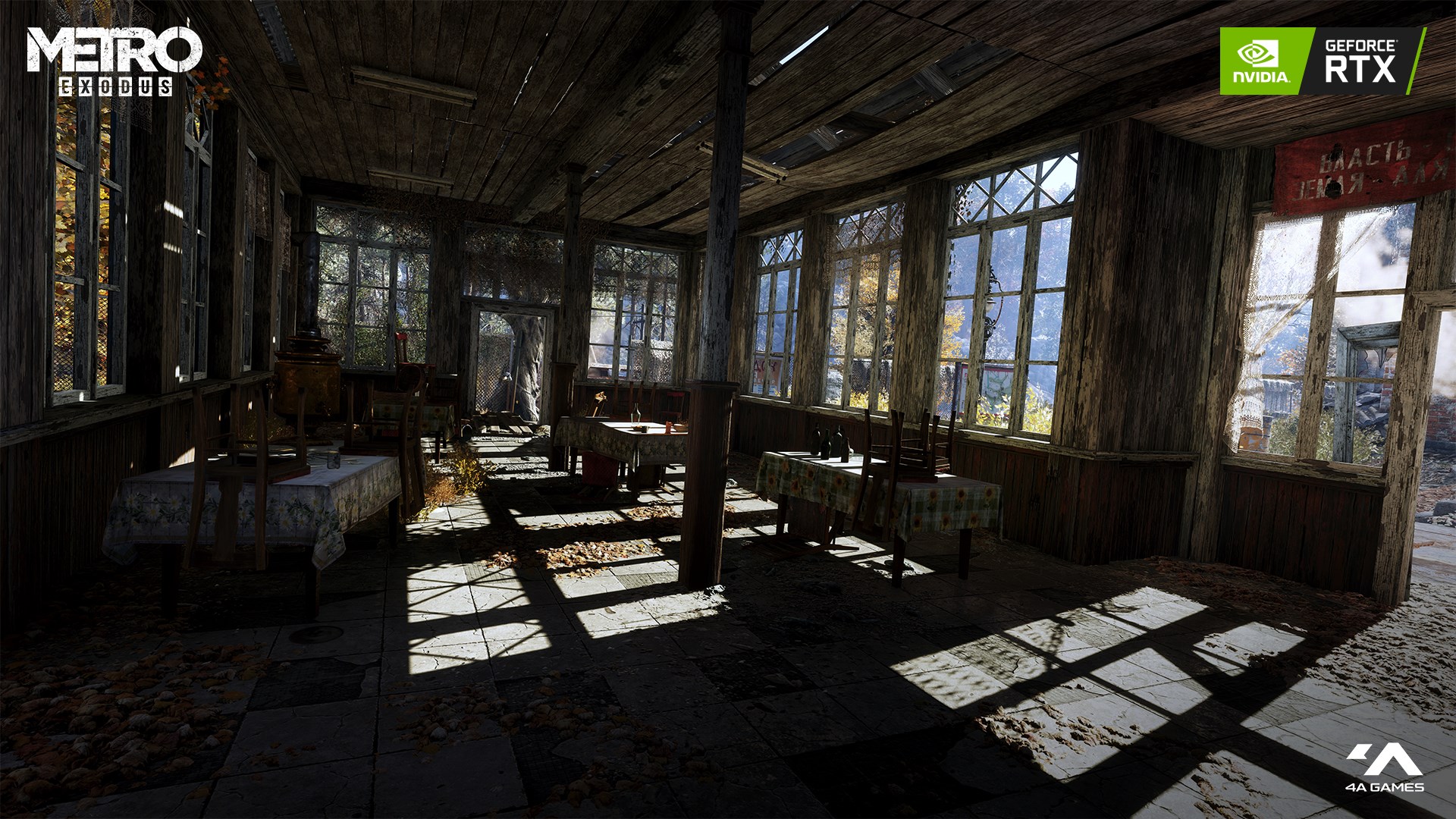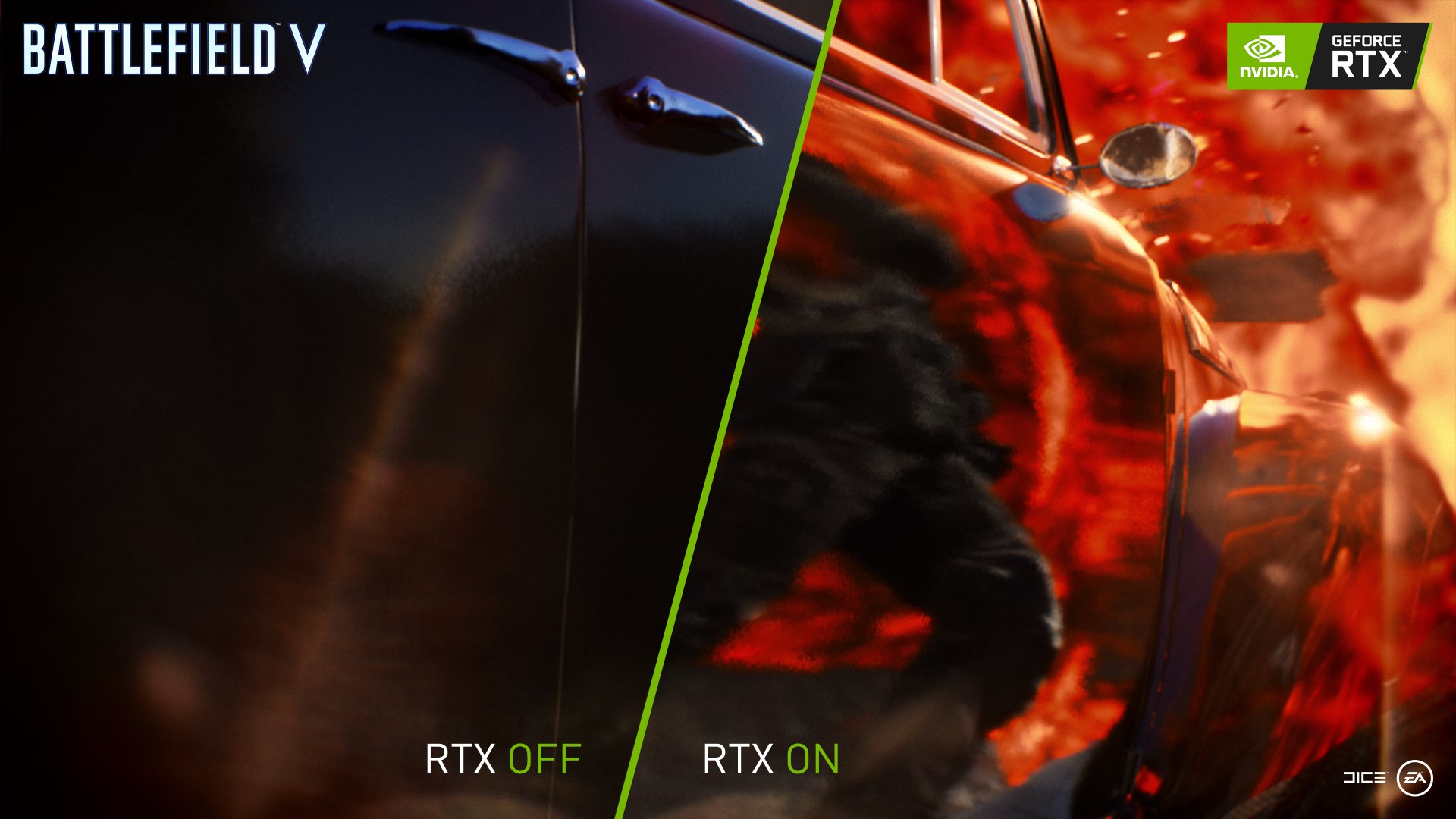Windows 10 update for October brings DirectX Raytracing to everyone
The anticipated DXR technology is finally out of experimental mode.
The Windows 10 update for October is live, bringing with it new features like Your Phone, which simplifies interactions with Android devices, changes to the To-Do app, updates to Outlook.com, and more. Of particular interest to us is DirectX Raytracing (or ray tracing, if you prefer), which is now fully supported, meaning that you no longer have to enable developer mode to see what it can do.
"Real-time raytracing is often quoted as being the holy grail of graphics and it’s a key part of a decades-long dream to achieve realism in games," Microsoft said in a Developer Blog update, apparently without concern about overselling the feature.
"Today marks a key milestone in making this dream a reality: gamers now have access to both the OS and hardware to support real-time raytracing in games. With the first few titles powered by DirectX Raytracing just around the corner, we’re about to take the first step into a raytraced future."
We took a closer look at what DXR means for gaming in March, saying that it "will allow new rendering techniques that should improve image quality," and in the long term could even "replace rasterization as the standard method for generating 3D worlds." But that doesn't sound like something Microsoft is considering right now.
"DirectX Raytracing allows games to achieve a level of realism unachievable by traditional rasterization. This is because raytracing excels in areas where traditional rasterization is lacking, such as reflections, shadows and ambient occlusion," it wrote.
"We specifically designed our raytracing API to be used alongside rasterization-based game pipelines and for developers to be able to integrate DirectX Raytracing support into their existing engines, without the need to rebuild their game engines from the ground up."
The update touches on how DXR is "well-aligned with the future evolution of GPUs," and how it will make life easier for developers, who won't have to sink as much time into generating custom lightmaps, shadow maps, and ambient occlusion maps as they do now. But the bottom line for gamers is that it promises to deliver a significant improvement in visual fidelity and realism, without requiring a massive investment in new GPU technology that most of us won't be able to afford until mid-2020 anyway.
Keep up to date with the most important stories and the best deals, as picked by the PC Gamer team.
The new tech might even be enough to finally get us to the other side of the Uncanny Valley. "Because true-to-life lighting is a natural consequence of raytracing, DirectX Raytracing will allow games to get much closer to crossing the uncanny valley, allowing developers to blur the line between the real and the fake," Microsoft wrote. "Games that fully cross the uncanny valley will give gamers total immersion in their virtual environments and interactions with in-game characters. Simply put, DXR will make games much more believable."
The update includes shots from three games that demonstrate DXR in action via Nvidia's RTX technology: Battlefield 5, which will have raytraced reflections; Shadow of the Tomb Raider, which will use "DirectX Raytracing-powered shadows"; and Metro Exodus, which will employ DXR for global illumination and ambient occlusion. EA and 4A have previously showcased the new raytracing technology in Battlefield and Metro teasers.
Microsoft said that they'll "be followed by the next wave of titles that make use of raytracing," many of which were previously revealed at Nvidia's GeForce event in August.
The Windows 10 October 2018 update is live now. If your machine hasn't already downloaded it for you automatically, you can grab it the old-fashioned way from microsoft.com.

Andy has been gaming on PCs from the very beginning, starting as a youngster with text adventures and primitive action games on a cassette-based TRS80. From there he graduated to the glory days of Sierra Online adventures and Microprose sims, ran a local BBS, learned how to build PCs, and developed a longstanding love of RPGs, immersive sims, and shooters. He began writing videogame news in 2007 for The Escapist and somehow managed to avoid getting fired until 2014, when he joined the storied ranks of PC Gamer. He covers all aspects of the industry, from new game announcements and patch notes to legal disputes, Twitch beefs, esports, and Henry Cavill. Lots of Henry Cavill.



